15 Dintre Cei Mai Buni Slip Boxer Elementele De Baza Ale Oricarei Garderobe De Succes Actualizat 2022
The US is where retail binary options trading was launched in 2008, but traders in the US are gradually finding themselves out of options when it comes to trading with binary brokers Pocket Option Live Trading Bd . There are however new options for citizens and residents who want to do business with the top brokers.
Do people really make money on IQ Option? You cannot profit from the trades you make on a practice account. On a practice account, you receive virtual funds and make virtual trades. It is designed for training purposes only. To trade with real money, you need to deposit funds into a real account.
Does Pocket require a subscription? Pocket is a free service that helps you discover and save web content to read later on any device. Pocket Premium is a subscription that adds powerful features like unlimited highlighting and permanent library for better organization. You can subscribe to Monthly or Yearly plans, and save money by choosing the latter.
Introduction 15 Dintre Cei Mai Buni Slip Boxer Elementele De Baza Ale Oricarei Garderobe De Succes Actualizat 2022
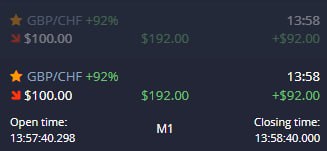
| Broker | Min Deposit | Rating | More |
|---|---|---|---|
| $ 10 | ★★★★★ | Sign Up Review | |
| € 10 | ★★★★★ | Sign Up Review | |
| $ 250 | ★★★★★ | Sign Up Review | |
| $ 250 | ★★★★★ | Sign Up Review | |
| $ 250 | ★★★ | Sign Up Review |
Binary Options trading in USA

- SEC regulations on what assets can be traded
- The laws regarding the trading of online binaries
According to SEC regulations, assets offered for trading in the US must be listed on the exchanges found in the country. These include assets listed on the Dow, Nasdaq, S&P500, the various commodity exchanges (e.g. NYMEX/COMEX) and the options/futures exchanges such as the CBOE.
When it comes to the laws regarding the trading of binary options on online platforms, the issues circulate around the perception of what constitutes online binary options (European-style options) and the US-style exchange traded binaries.
“A 2001 law which prohibits online gambling seems to have operators and regulators in the US defining online binary trading as a form of gambling.”
The CFTC has released several circulars and warnings regarding online-traded binary options, explicitly referring to them as a form of gambling. As a result, US citizens and residents are prohibited from doing any form of trading business with online-traded brokers. They are instead advised to trade with US brokers, whose product offering is in line with the laws and with the regulations of the CFTC.
The binary market in the US and the brokers operating within it, are regulated by the Commodities and Futures Trading Commission (CFTC).
Currency pairs & Spread
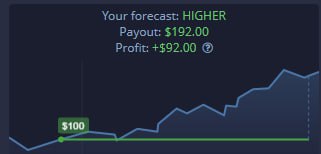
The asset base available for trading on US based platforms is limited. Only 10 currency pairs are available for trading on NADEX: EUR/USD, USD/JPY, GBP/JPY, EUR/GBP, USD/CHF, USD/CAD, AUD/USD, AUD/JPY, EUR/JPY and GBP/USD. On Cantor Exchange, the number is even lower: just six forex pairs.
All binary options settle at $0 or $100. Depending on where the asset settles at expiration, the difference between the contract price (anywhere between 0 and 100) and the settlement value (either 0 or 100) is multiplied by the number of contracts to give the trading profit or loss.
Trading platforms
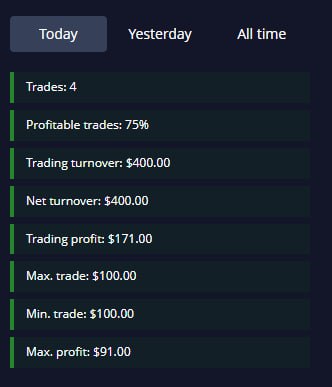
When it comes to the online trading platforms used in the market in the US, the US binary options brokers have all opted to develop trading platforms that are unique to their brand. These proprietary platforms therefore offer the US traders the opportunity to trade specific contracts in a manner that is unique to each exchange, and yet complies with the CFTC rules on how binary options in the US are to be traded.
Specifically, Cantor Exchange LLC, one of the CFTC-designated binary brokers in the US, has created an innovative platform which was designed by Tradologic, an independent software vendor. Tradologic is a well-known software vendor in the market.
Deposit and withdrawal options
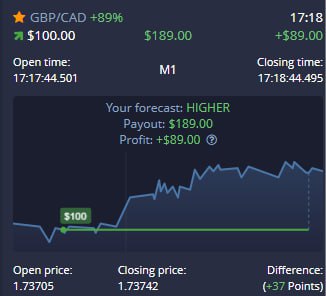
What are the most popular options for deposits and withdrawals among binary options traders? US binary options traders are able to use certain means of deposits and withdrawals that are not available to traders in other countries. There are also some means of transaction which are not available to US traders.
- PayPal: The top US binary options brokers are the only binary brokers in the world to avail their traders the use of PayPal as a deposit method. In the US, PayPal accounts are linked to bank accounts. This makes it easy to verify traders. Deposits and withdrawals are settled instantly.
- Cheque: Cheques issued on US account such as Ach are available to US traders. These usually take a longer time to be processed.
- Cards: Cards issued by American Express, Diner’s Club, MasterCard and VISA are available to US traders. Deposits and withdrawals are processed instantly.
- Local bank wires are also available from any of the US banks.
Digital wallets are generally not available to US traders. Skrill and Neteller do not accept US traders, so these cannot be used on the platforms of binary options brokers in the US.
Legality & Regulations
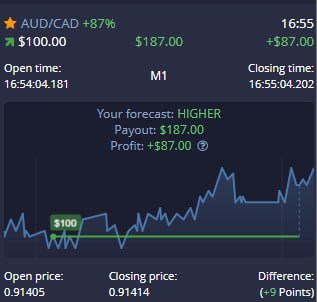
What are the legal considerations and regulatory conditions attached to the conduct of the brokerage and trading of binary options in the US? The legality of binary options in the US is contained in the various bulletins and circulars released by the Commodities and Futures Trading Commission (CFTC), the agency which regulates the binary options industry in the US.
The legality of binary options borders on the following points:
- Whether the broker has registered the assets it hopes to offer for trading with the SEC. This status is determined with a tool on the SEC site known as EDGAR.
- Whether the trading platform itself is registered as a trading exchange in the US. Again, the SEC website is the source of information on licensing of exchanges to offer binary options.
- Listing of the provider’s platform as a designated contract market. This status can be checked on the CFTC website.
Putting these three metrics together, a binary options broker can only be licensed to offer binary options in the US if:
- The assets it offers are listed on an SEC-licensed exchange.
- If the platform is registered as a trading exchange.
- If the broker itself is registered as a designated derivatives contract market.
Till date, only three entities have fulfilled these conditions to warrant licensing from the CFTC.
FAQ
Here are the frequently asked questions that most users have about the conduct of binary options in the US.
- Are binary options legal in the US?
Answer: Contrary to the general perception, they are are legal in the US. However, they must be of the exchange-listed variety, as mandated by the SEC and the CFTC. In other words, traders are only allowed to trade binary options on assets that are listed on the exchanges found in the US market.
- Is it safe to trade binary options in the US?
Answer: The CFTC is the regulator of binary options in the US. The CFTC has a reputation for being arguably the strictest financial market regulator in terms of market sanitization and enforcement of sanctions against errant brokers. Costs and punitive financial sanctions which regularly require brokers to refund money considered to have been taken off clients from irregular brokerage practices have been applied in the recent past. This makes it very safe to trade them in the US.
- As a US citizen, am I allowed to trade binaries with offshore brokers?
Answer: The CFTC considers trading with offshore binary options companies as a form of online gambling, which is illegal under US law. Therefore, US citizens are prohibited from trading binary options with offshore brokers.
- Do I have to pay tax on the proceeds of my binary options trading?
Proceeds of binary options trading have to be reported to the US Inland Revenue Service (IRS) and are subject to taxation.
- Am I able to use binary robots on the US platforms?
Answer: US platforms are not configured to allow the user of robots.
- Are binaries in the US offered on a fixed or variable payout basis?
The exchanges, NADEX and Cantor Exchange offer payouts on both a fixed and variable payout basis.
Conclusion
The article has attempted to bring to light, the peculiarities of the US binary options market as well as the existing regulations guiding the operation of binary trading in the US. Presently, only US citizens and residents can trade exchange-listed binary options in the US. This looks to be the way things will work for a long time to come.
Most visited Forex reviews in 2024
logo Risk Disclaimer: All the information you find on Bestfxbrokers.com is provided for educational purposes and should not be considered financial advice. Bestfxbrokers.com is neither authorized nor licensed to provide financial advice, advice on investing or advice on related matters. We'll not accept liability for any losses incurred by relying either directly or indirectly on the information provided on this website.